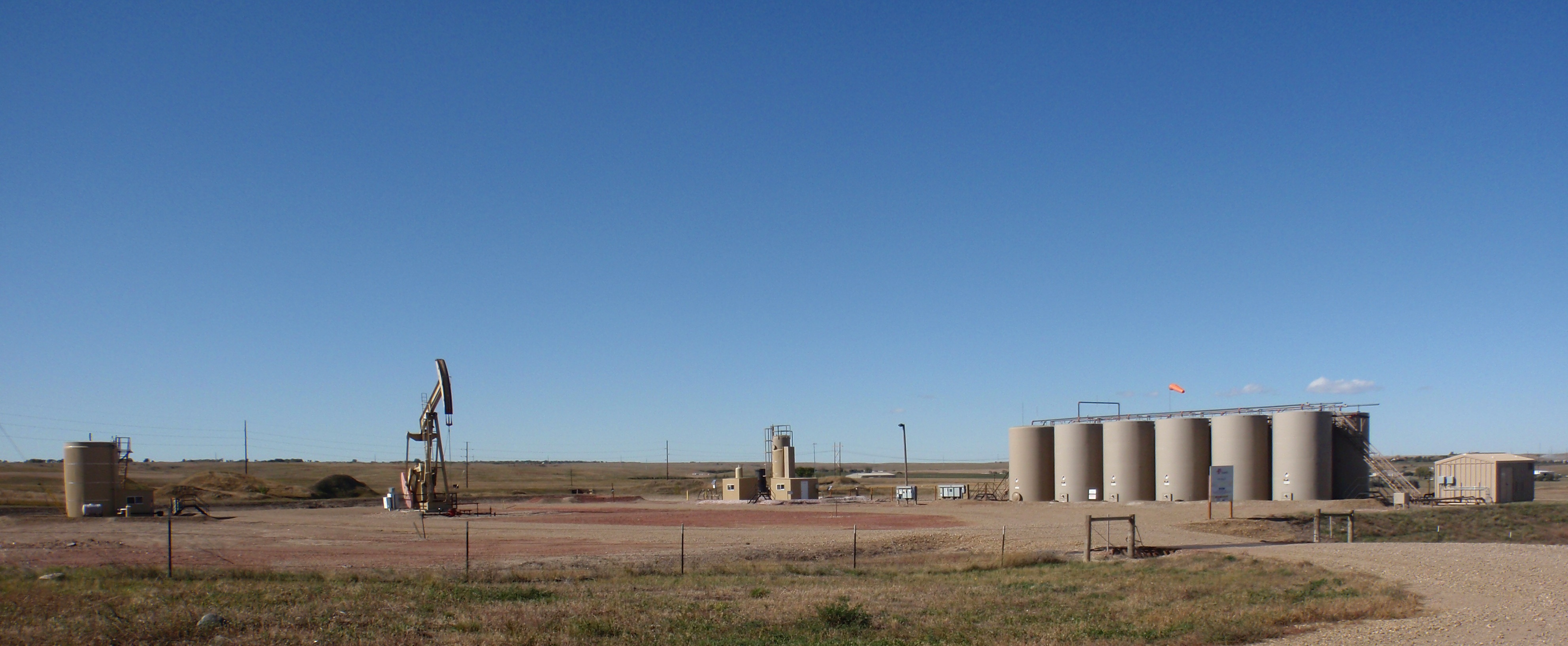
Daniel Yergin thinks so.
Bargain hunters who are hunting bargains think so.
Increase to $50 has some producers completing DUCs, which tells us those producers think so.
Oh, USGS estimates a field in Colorado has 40 times more natural gas that previously estimated. The field is almost as large as Marcellus.
6/5 Calgary Herald – Oil recovery is on its way after two-year-long rout, says energy economist – As one of many comments at a conference in Calgary, Daniel Yergin said he thinks the oil industry at the start of a recovery.
He thinks in five years oil demand will be up in the range of 5M bopd or 6M bopd higher than today.
Price signal over the last year and a half has reduced supply and increased demand. But then, that change in both supply and demand is exactly what you would expect to see as a result of dropping prices.
6/7 – Wall Street Journal – The Epicenter of America’s Oil Bust is Drawing Buyers – Bargain hunters are looking for good deals on Bakken wells. The strategy is buying a well which is priced at oil being below or around $50 and holding until prices are substantially higher. At that point the cash flow will produce a high rate of return or the well can be sold when a higher oil price is built into the market value of the well.
6/12 – Bloomberg – Rising Oil Prices Encourage Shale Producers, Dissuade Investors – One quoted analyst says at $50 a few oil producers will resume production and at $60 a lot will.
Oil prices have recovered enough for Continental Resources to send fracking crews out to finish uncompleted wells.
Another analyst says oil rigs will be deployed in the $55-$60 range. Number of rigs deployed increased last week , which is the first increase since last August. Granted the increase was only three, but it was an increase.
To give some perspective on the amount of oil that could be brought to market quickly, look at the graph of uncompleted wells, also called Drilled UnCompleted, or DUCs. I will estimate the numbers in the graph:
- ~1,150 – Permian basin
- ~1,000 – Eagle Ford
- ~850 – Bakken
- ~600 – Niobrara
- ~250 – other US shale
- ~3,850
That is somewhere in the range of 3700 or 3900 wells that only need to be fracked before they can start producing oil.
Brief comment at the end of the article hints that the fast response possible with US shale will increase production quickly which will put downward pressure on oil prices, so even when supplies get tight again the price of oil won’t go up a lot.
6/9 – Associated Press at Bakken.com – Colorado has 40 times more natural gas than thought – Here are two new-to-me names to remember: Mancos Shale formation and Piceance Basin. The article gives this pronunciation guide: PEE’-yahns.
The USGS estimates there are around 66.3 trillion ft.³ of natural gas, which is an increase from the previous estimate in 2003 of 1.6 trillion.
In an incredible irony, the fracking revolution has produced so much natural gas that the price is extremely low. As a result this huge increase in reserves is not economically viable today.
That’s okay.
That massive amount of natural gas isn’t going anywhere. At the right price it will all be available.
Oh, what Peak Oil?
(Yeah, I know natural gas isn’t the same as crude oil, but the same concept is in play which says we are going to run out of natural gas any day now. One item on a long list of problems with that concept is the geologists keep finding more natural gas.)
By the way, we didn’t know that formation held a whopping amount of natural gas until this week The extra 64.7 trillion feet is enough to heat 970 million homes for a year. Oh, “we” (meaning the geology wizards) didn’t know that much gas is there until this week.
This puts the Piceance Basin in the same league as the whoppingly large Marcellus Shale formation in Pennsylvania, which is estimated at 84 trillion cubic feet.